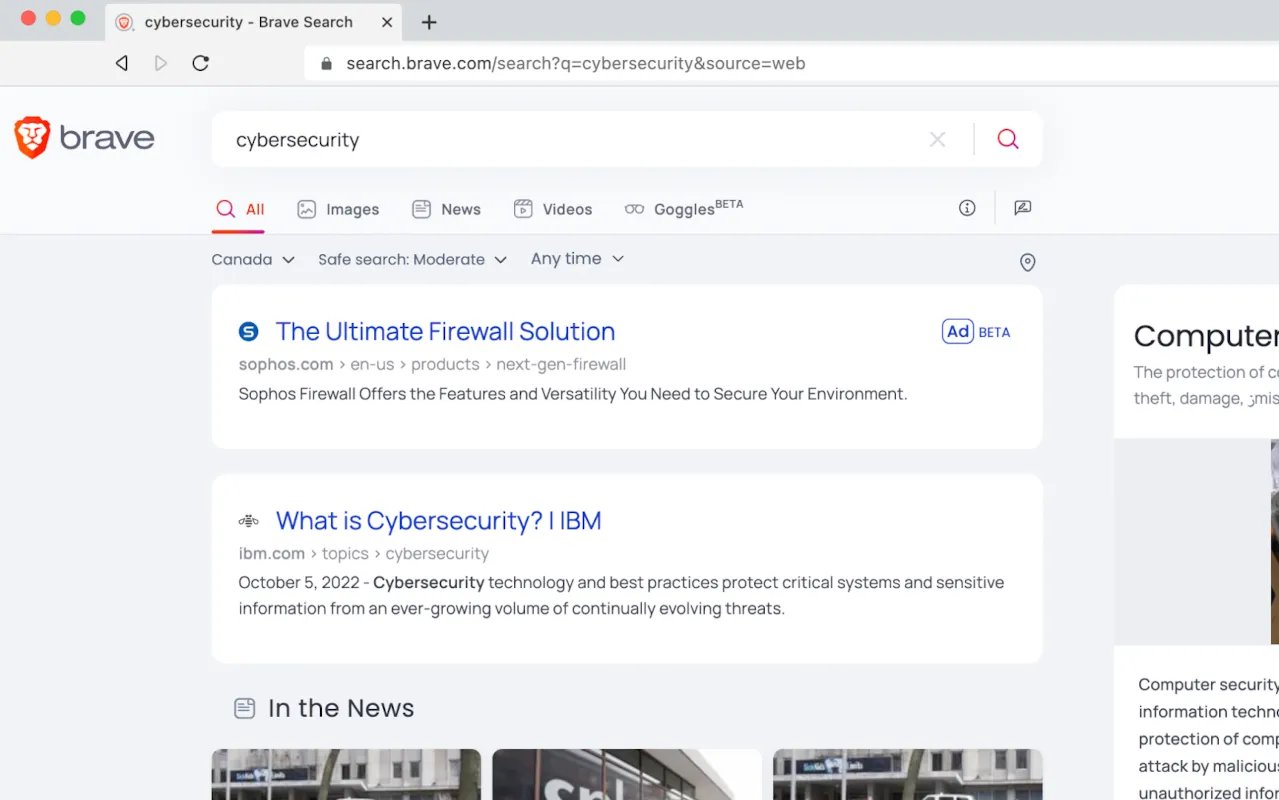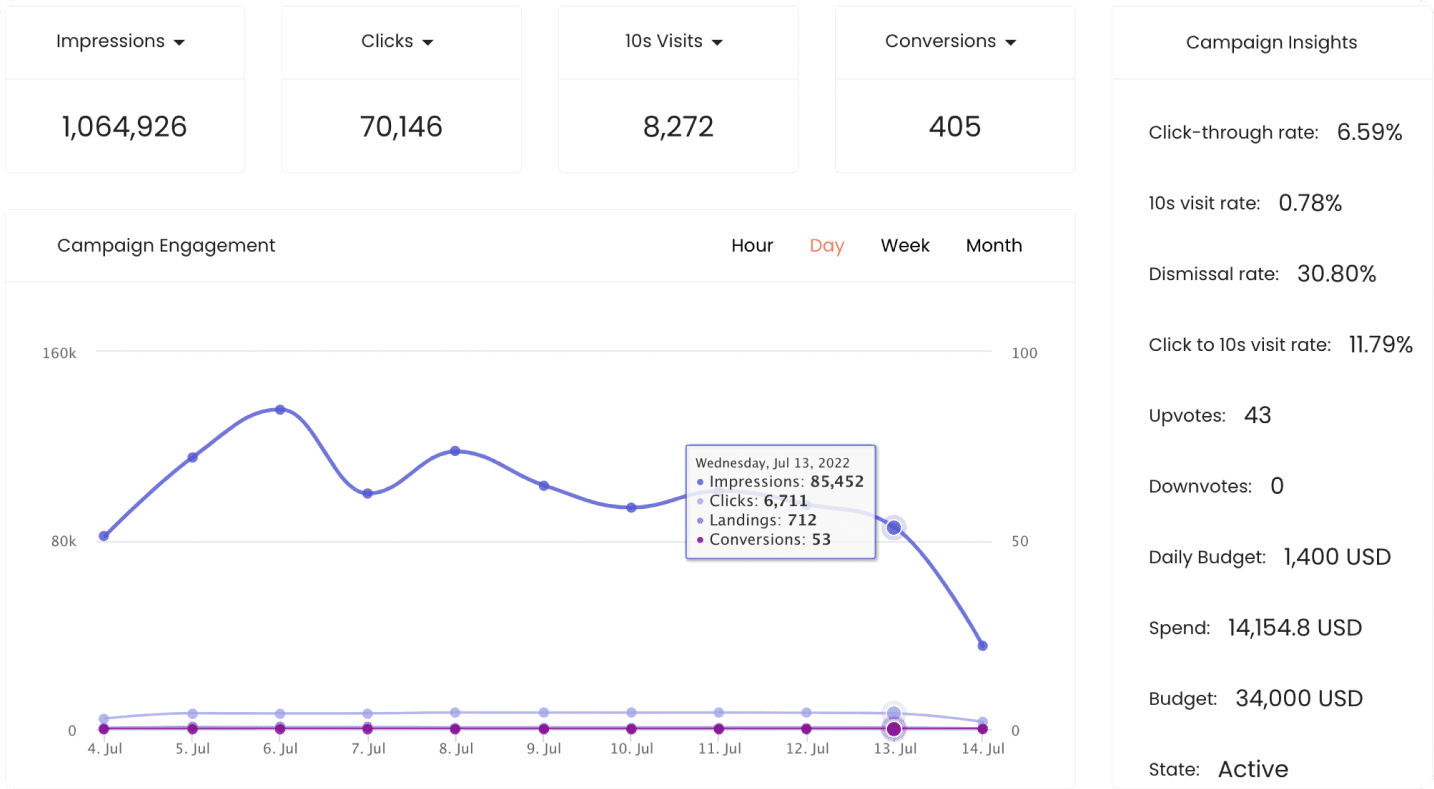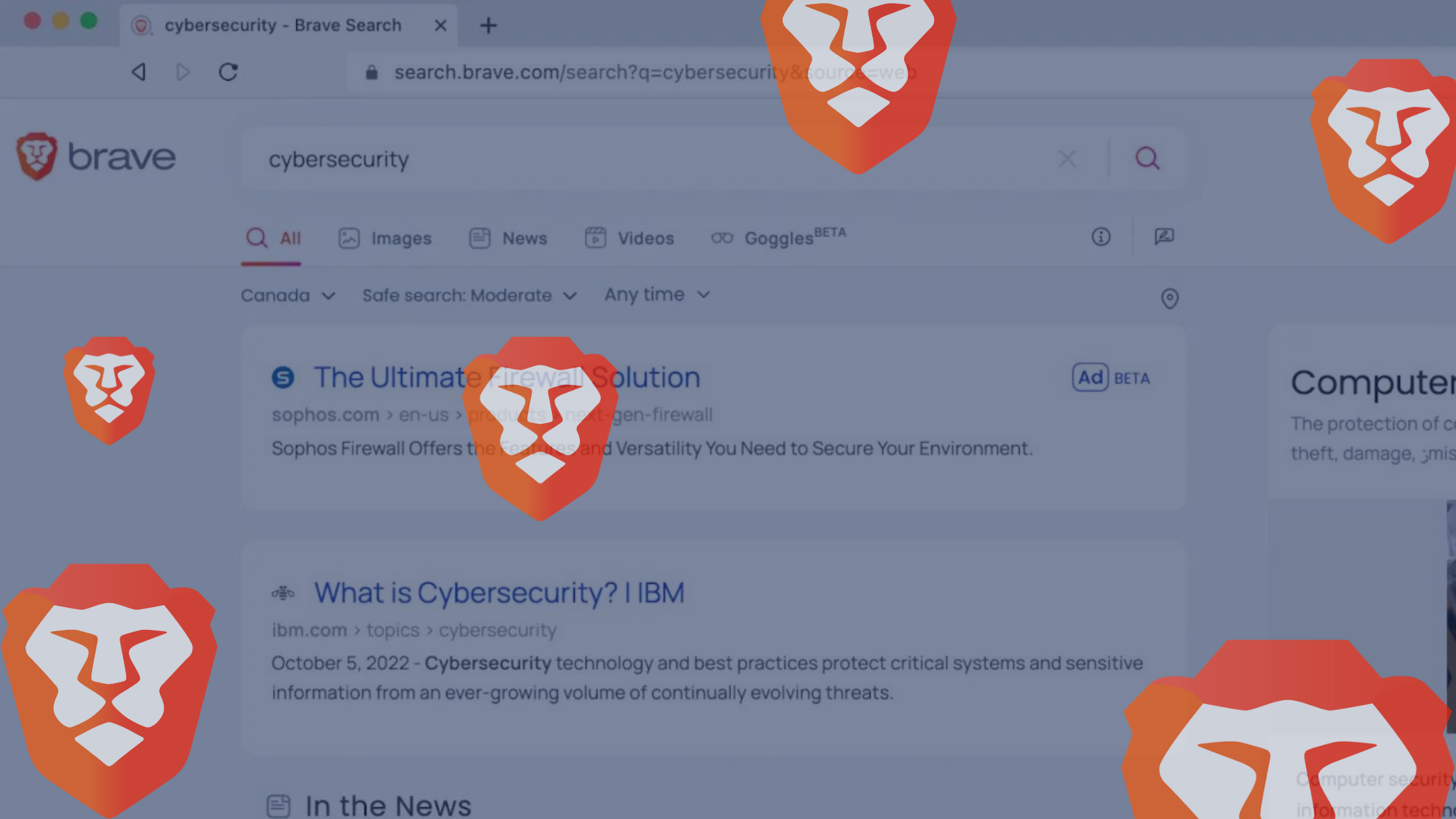Hello, marketing aficionados! 🌟
The digital advertising landscape is ever-changing, with new platforms and paradigms continually emerging. One such platform that's been making waves is Brave Ads, an integral part of the Brave Browser.
This browser places a strong emphasis on user privacy, offering a unique advertising experience.
This article aims to provide you with a comprehensive understanding of Brave Ads, empowering you to make well-informed decisions for your brand.
What is Brave?
Before we dive into Brave Ads, let's talk about Brave itself. With over 63 million monthly users, Brave is the fastest-growing search engine since Bing. But what sets it apart is its focus on user privacy.
Brave doesn't track you or your queries, making it a real alternative to other search engines like Google. It's designed to serve the user first, not big tech.
However, if you look at Google Trends data (that can't be biased, right?) it appears that most of Brave's growth is coming from outside the U.S. This makes sense given the recent lawsuits against Google from the EU and other bodies of government.
Learn more about Brave Search.
What Are Brave Ads?

Brave Ads are not your typical online advertisements. They're part of the Brave Browser, a web browser that places a high premium on user privacy.
Unlike traditional advertising platforms, Brave Ads offer a unique set of features and challenges that could either complement or complicate your existing strategies.
What Ad Types or Ad Formats Does Brave Offer?
Brave's website lists the following ad formats:




Key Features to Consider
- Privacy-Centric: Brave uses local machine learning algorithms to place ads, ensuring that user data remains within the browser.
- User Control: The platform empowers users to control the frequency and type of ads they see, even rewarding them in BAT (Basic Attention Token) for their engagement.
- Transparent Reporting: Brave's reporting is anonymous but accountable, offering a new layer of insights into campaign performance without compromising user privacy.
Deep Dive into Brave's Reporting and Attribution
One of the most intriguing aspects of Brave Ads is its approach to reporting and attribution.
Unlike traditional platforms that rely on cookies and third-party data, Brave's model is built on anonymous but accountable reporting.
From Brave.com
Brave Ads is built from the ground up to support the highest privacy standards. By default, the Brave browser blocks third-party tracking including Google Analytics, Adobe Analytics, and other third-party reporting and measurement vendors.

What metrics will Brave Ads Report on?
Here are the basic reporting metrics from Brave Ads
- Views: Total ads served.
- Clicks: User clicked through the ad to the advertiser’s landing page.
- Dismissed: User clicked or swiped-away to close and dismiss the notification before the default notification timeout.
- 10-second visits: User clicked through the ad and spent a minimum of 10 consecutive seconds on the landing page in the active tab.
- Upvote & downvote: Users have the option to upvote or downvote Notification ads from the Brave Rewards menu. This is only available on desktop.
- Conversions: Report successful 1-, 7-, or 30-day post-view or post-click conversions for purchase completion, successful registration, or “thank you” landing page URLs.
Will I be able to track Conversions the same way?
In short, no, you'll need to track conversions a little differently.
From Brave:
Because Brave ads are delivered via the browser, we are able to report on conversions (signups, orders, etc.) attributed to the campaign using a URL. To include conversion reporting in the Brave Dashboard, please provide a conversion confirmation page URL so Brave can map the event back to the campaign.
The conversion page URL can have a “wildcard” in the URL path or query-strings to ignore any strings that may be variable. For example, https://example.com/checkout?order=12345/thankyou can be expressed for all checkouts as: https://example.com/checkout?order=*/thankyou.
Calculating ROAS
There is no mention of a ROAS metric, so it is likely that you will need to rely on doing those calculations via an excel or google sheet.
Attribution Models
Brave offers a unique form of attribution modeling. You can use a combination of methods to independently verify the results of your Brave Ads campaign:
- Unique Landing Page URL: Create a dedicated landing page URL for the campaign to count traffic through your site’s server logs or first-party analytics dashboard.
- Referral/Promo Code: Use a code at the time of checkout to report on conversions attributed to your campaign.
- Query String Parameters (UTMs): Direct URLs with query string parameters are allowed, but third-party reporting like Google Analytics won't show accurate data.
- Verifiable Ad Conversions (VAC): This optional feature allows advertisers to determine their return on ad spend by privately reporting encrypted Conversion IDs. Only the advertiser can decrypt these IDs, ensuring privacy from end-to-end.
Key Considerations for DTC Marketers
For DTC marketers, Brave Ads present a unique opportunity but also raise important questions:
- Privacy and Brand Alignment: How does a privacy-first approach align with your brand's ethos?
- ROAS and Attribution: Given Brave's unique reporting, how will you adapt your ROAS and attribution calculations?
- User Engagement: The BAT ecosystem could affect user engagement and your overall ROI. How will you measure this?
Conclusion
Brave Ads offer a unique, privacy-first approach to digital advertising that raises several strategic questions for DTC marketers.
Understanding these nuances can help you make more informed decisions. If you're navigating the complexities of digital advertising and could use some expert guidance, feel free to reach out to us at Deksia.
Our team is here to help you make strategic, data-driven decisions for your brand.



